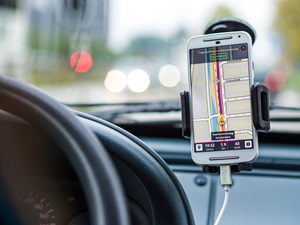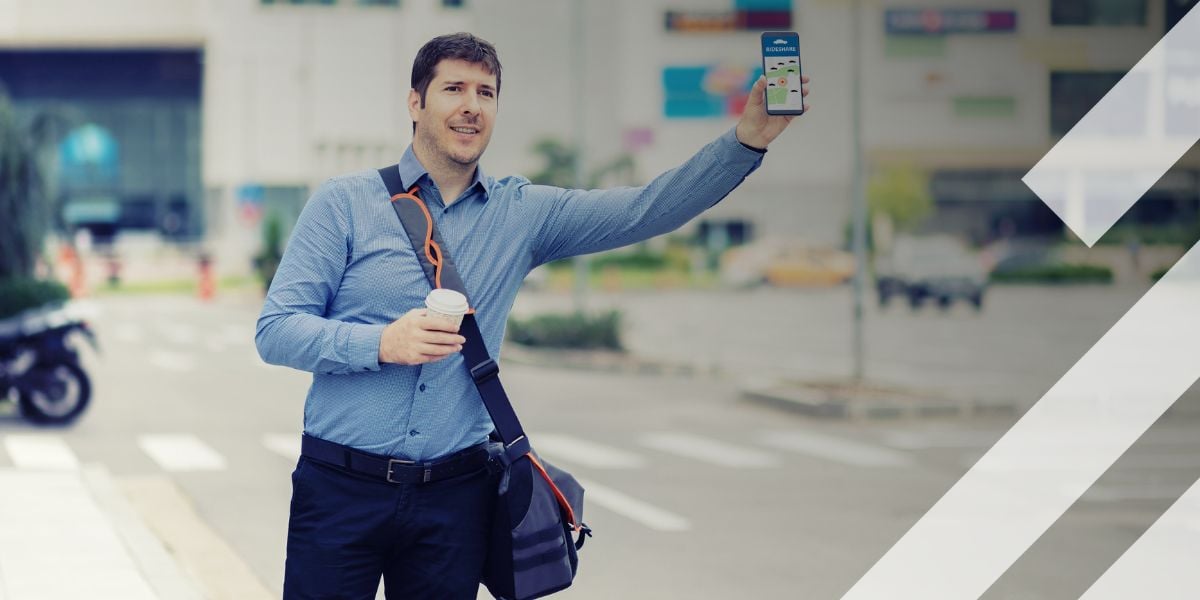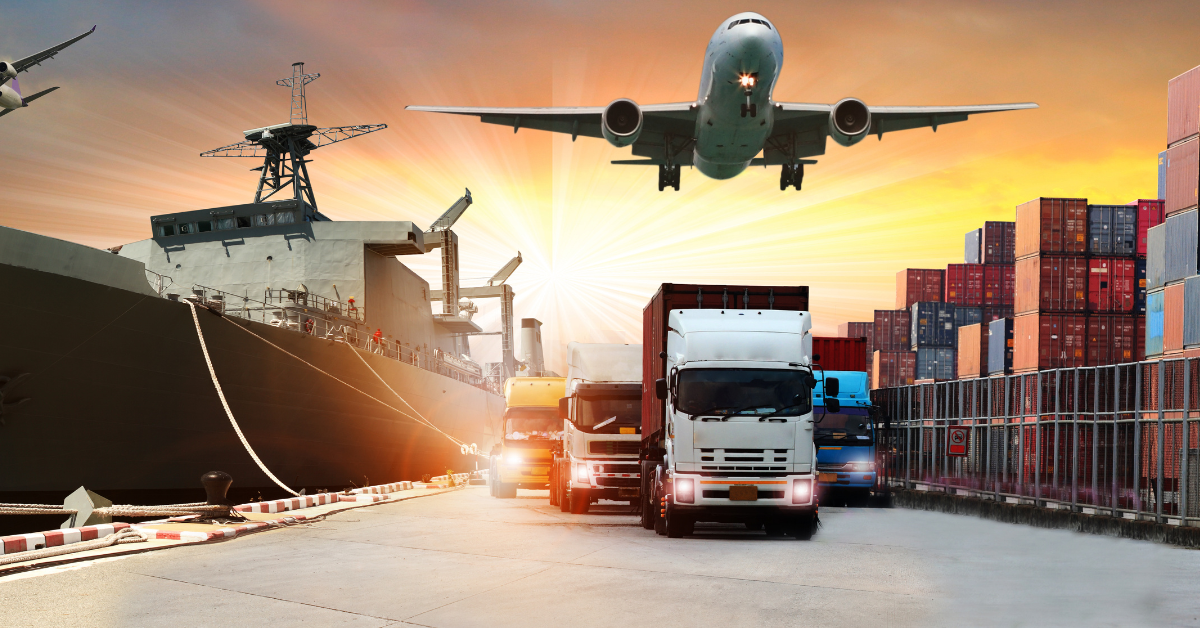Moving beyond individualism: Integration as a means to achieve the modern mobility dream
It is uncontested that people have been increasingly moving into cities since the flourish of the industrial revolution. With the acceleration of technologies, that rate has and will continue to increase dramatically, which has in turn led to a rise in mobility services. From on-demand ride hailing to real-time navigation re-routes based on traffic conditions, there is a service for just about every mobility-related aspect out there.
One key thing which has emerged from a joint research venture between Mckinsey and Bloomberg New Energy Finance, An Integrated Perspective on the Future of Mobility (October, 2016), is that the traffic congestion in cities is unlikely to lessen in the upcoming years. Based on a number of factors, such as the rise in the number of electric vehicles, the projected number of self-driving vehicles, and the natural urban sprawl which comes with an increased urban population, more people will be needing to get from A to B. The increased cost-effectiveness, popularity, and accessibility of aforementioned mobility services will likely cause an increase in city congestion. As this seems inevitable, the question is not how to lessen traffic, but how to improve traffic flows while simultaneously promoting the growth of mobility services, which are “the means of providing the goods and services that are the foundation of economic life” (Hannon, Mckinsey, 2016).

So for the average user, does the plethora of mobility services help or hinder their journey? Obviously for the most part it helps, but the pure multitude of these services means it is still not the easiest, most streamlined way of moving through the modern city. Depending on what city the ride-hailing user is in, they need to download a different app depending on the country. Some cities have Lyft, some have Uber, some have Viavan, and others have made it all but impossible for ride-hailing applications to operate due to country-specific legal and bureaucratic issues. If they are going to use a car-sharing service they need to download a separate app, visit a separate website for traffic navigation, and then yet another for parking availability. The point is that there is not a single, stream-lined platform which covers all the user’s mobility needs.
Luckily, mobility services are integrating more and more with each other, heading in a direction where mobility companies will be able to present the user with an all-inclusive mobility package. For example, more traditional car manufacturers such as BMW Group and Daimler are expanding their services through integration to include many mobility services. The new integrations envision a future in which clients will use an end-to-end service which covers all mobility needs, and the need to visit a number of different sites and applications will be eliminated. Another more local example of mobility service integration is the integration of route-planning apps such as ANWB with the parking platform, Mobypark. Mobypark also plans to integrate its services with car-sharing services and electric vehicle charging apps, which will allow their users to plan everything through one means: obtaining ad fueling the car, negotiating the traffic, and parking in their reserved spot upon arrival.

At the end of the day, most modern-day mobility services share the same vision. They envision a world with more efficient, more sustainable mobility in which cities are more liveable, the planet is healthier, and where the overall user experience of getting from A to B is improved and affordable. Perhaps it’s time to move beyond the lone mobility hero model and join forces instead through mobility service integration.
Share your story
Do you have an innovation, research results or an other interesting topic you would like to share with the professionals in the infrastructure, traffic management, safety, smart mobility and parking industry? The Intertraffic website and social media channels are a great platform to showcase your stories!
Please contact our Sr Brand Marketing Manager Carola Jansen-Young.
Are you an Intertraffic exhibitor?
Make sure you add your latest press releases to your Company Profile in the Exhibitor Portal for free exposure.
Get up to speed on the mobility industry - our newsletter straight to your inbox!

.jpg?h=600&iar=0&w=1200)






